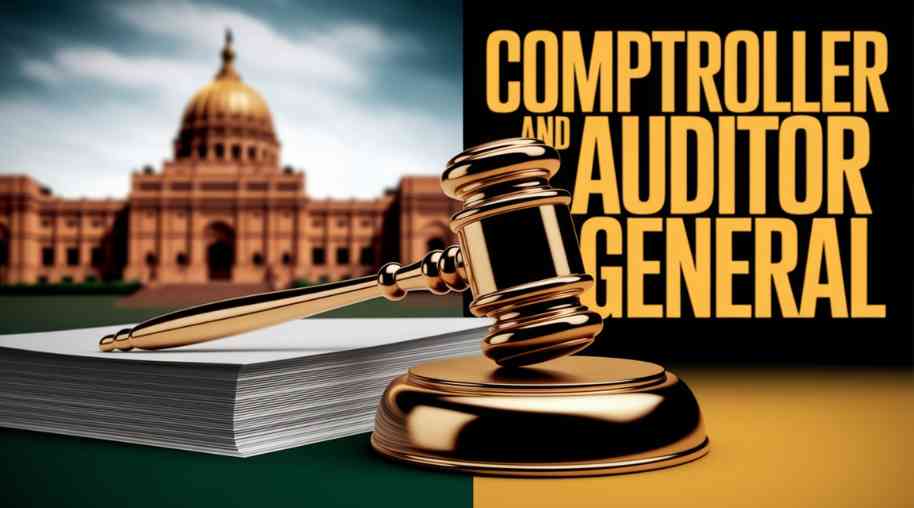PMLA Full Form-Prevention of Money Laundering Act
by Shashi Gaherwar
0 1007
Prevention of Money Laundering Act: Strengthening Financial Integrity in India
Introduction
Money laundering is a serious financial crime that involves disguising the origins of illegally obtained money to make it appear legitimate. It poses a significant threat to the economy by facilitating corruption, terrorism, and other criminal activities. To combat this issue, the Prevention of Money Laundering Act (PMLA) was enacted by the Government of India in 2002 and came into force in 2005. The Act aims to prevent money laundering, confiscate proceeds of crime, and strengthen India's financial system against illicit activities.

Objectives of the Prevention of Money Laundering Act (PMLA)
The key objectives of the PMLA include:
1. Preventing Money Laundering: Identifying and stopping transactions that involve illegally acquired money.
2. Confiscating Proceeds of Crime: Empowering authorities to seize and confiscate assets derived from criminal activities.
3. Strengthening Financial Oversight: Enhancing the role of financial institutions in reporting suspicious transactions.
4. Ensuring Compliance with International Standards: Aligning India’s anti-money laundering framework with global best practices.
5. Discouraging Financial Crimes: Detering activities such as drug trafficking, organized crime, tax evasion, and corruption.
Key Provisions of PMLA
The Prevention of Money Laundering Act has several important provisions that help in curbing financial crimes:
1. Definition of Money Laundering
According to Section 3 of PMLA, money laundering refers to any act of directly or indirectly attempting to conceal, acquire, possess, or use proceeds of crime while projecting them as legitimate assets.
2. Reporting Entities
Under PMLA, financial institutions, banks, intermediaries, and casinos are required to:
• Maintain records of transactions.
• Report suspicious transactions to the Financial Intelligence Unit – India (FIU-IND).
• Follow Know Your Customer (KYC) guidelines to prevent fraudulent activities.
3. Enforcement Agencies
The Enforcement Directorate (ED) is the primary agency responsible for investigating and prosecuting cases under PMLA. Other agencies involved include:
• Financial Intelligence Unit – India (FIU-IND): Monitors financial transactions and detects suspicious activities.
• Reserve Bank of India (RBI): Regulates banking institutions to ensure compliance with anti-money laundering norms.
• Securities and Exchange Board of India (SEBI): Oversees capital market transactions for any money laundering risks.
4. Punishment and Penalties
The PMLA prescribes strict penalties for money laundering offenses, including:
• Imprisonment: Ranges from three to seven years (up to 10 years for offenses related to narcotics and drugs).
• Seizure and Confiscation: The government can attach properties and bank accounts linked to illicit funds.
• Fines: Can be imposed based on the severity of the offense.
Impact of PMLA on Financial Crime Prevention
Since its enforcement, the PMLA has played a crucial role in:
1. Strengthening Financial Institutions: Banks and financial institutions now conduct stringent KYC and due diligence checks.
2. Reducing Black Money: Many illicit financial networks have been disrupted due to strict monitoring and asset seizures.
3. Curbing Terrorism Financing: Money laundering linked to terrorism has been targeted through enhanced financial tracking mechanisms.
4. International Cooperation: India has aligned with organizations like Financial Action Task Force (FATF) to improve global anti-money laundering efforts.
Challenges in Implementing PMLA
Despite its success, PMLA faces several challenges, including:
1. Complex Investigations: Money laundering cases often involve multiple transactions across various jurisdictions, making them difficult to track.
2. Burden on Financial Institutions: Compliance requirements place a heavy operational burden on banks and businesses.
3. Legal Loopholes: Some offenders exploit gaps in the law to escape prosecution or delay proceedings.
4. Slow Judicial Process: Court cases related to money laundering take years to conclude, leading to delays in justice.
5. Use of Cryptocurrencies: Digital assets and offshore accounts create new avenues for laundering money, challenging enforcement efforts.
Future Prospects and Strengthening Anti-Money Laundering Measures
To enhance the effectiveness of the Prevention of Money Laundering Act, the government and financial regulators are implementing several measures:
• Stronger Digital Monitoring: Using Artificial Intelligence (AI) and Big Data Analytics to detect suspicious transactions.
• Amendments to PMLA: Strengthening legal provisions to plug loopholes and ensure faster prosecution.
• Global Coordination: Strengthening partnerships with FATF, Interpol, and other international agencies for better cross-border enforcement.
• Increased Public Awareness: Educating businesses and individuals on the importance of compliance with anti-money laundering (AML) norms.
• Regulating Cryptocurrencies: Bringing digital currency exchanges under AML laws to prevent financial crimes in the crypto space.
The Prevention of Money Laundering Act (PMLA) has emerged as a vital tool in India’s fight against financial crime. By preventing money laundering, confiscating illicit wealth, and improving financial transparency, the Act plays a crucial role in safeguarding the economy. However, to address emerging threats like cyber fraud and digital transactions, continuous legal and technological advancements are necessary. Strengthening anti-money laundering enforcement will ensure a more secure and corruption-free financial system, supporting India's economic stability and global credibility.

Share:








Comments
Waiting for your comments